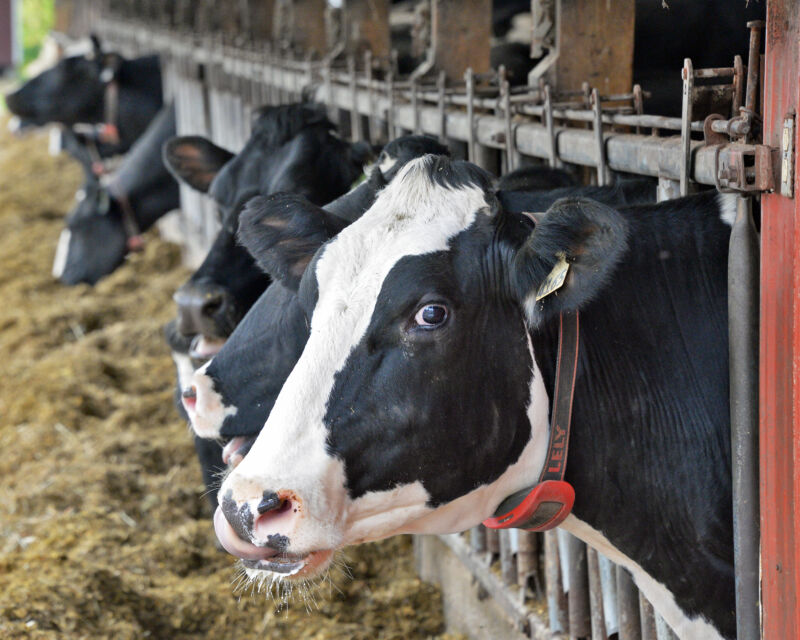‘It can feel like a detective story’: birders asked to help find 126 ‘lost’ bird species
The birds have not been seen for at least a decade – some for more than 100 years – but the authors of a new list of missing species have not given up hope
The coppery thorntail and New Caledonian lorikeet are among the 126 birds “lost” to science, having not been seen for a decade or more, according to the most comprehensive list of missing species composed to date.
The new tally is based on millions of records collected by enthusiastic birders and amateur scientists documenting wildlife in some of the planet’s most remote locations. To be part of the dataset, the bird must not have a recorded sighting in at least a decade, and not be assessed as extinct or extinct in the wild by the IUCN Red List of Threatened Species.
Continue reading...© Photograph: Image courtesy of BHL
© Photograph: Image courtesy of BHL




